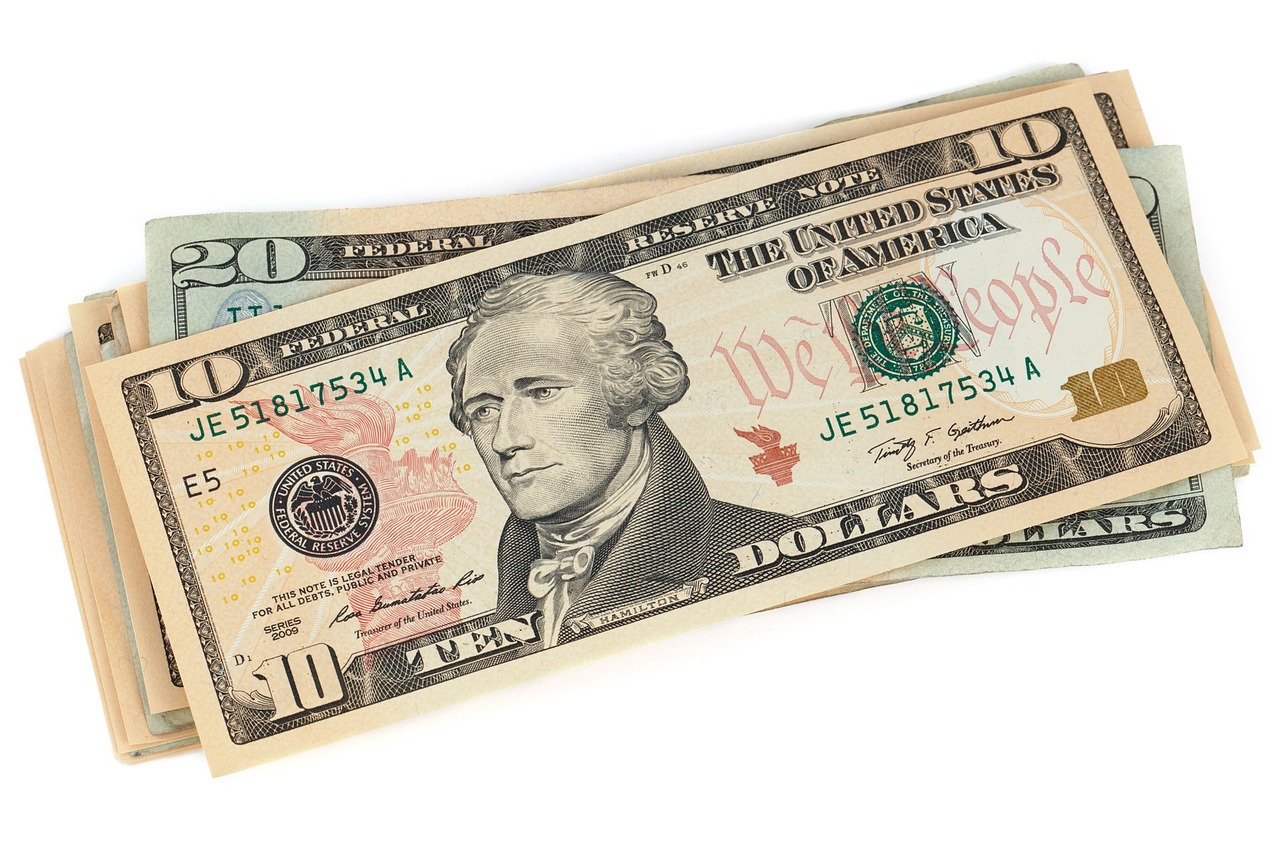The Future of Augmented Reality in Marketing Campaigns
Augmented Reality (AR) has emerged as a powerful tool for brands to engage with consumers in unique and immersive ways. By blending the digital and physical worlds, AR offers a new frontier in marketing that can captivate audiences and drive meaningful interactions.
With AR, marketers can create interactive experiences that allow consumers to visualize products in their own space, try virtual try-ons, or even take part in gamified brand experiences. This level of engagement goes beyond traditional advertising methods, offering a more personalized and memorable way for brands to connect with their target audience.
Understanding the Impact of AR on Consumer Behavior
Augmented Reality (AR) has revolutionized the way consumers interact with brands and products. By allowing individuals to experience virtual elements in a real-world environment, AR has the power to enhance consumer engagement and drive purchasing decisions. The interactive and immersive nature of AR experiences creates a memorable and personalized connection with consumers, ultimately influencing their buying behavior.
Moreover, AR has the ability to provide consumers with a more detailed and realistic preview of products, leading to increased trust and confidence in their purchase decisions. This heightened level of transparency and interactivity enables brands to showcase their offerings in a more engaging and informative manner, ultimately shaping consumer perceptions and influencing their attitudes towards the brand.
Innovative Ways Brands Can Utilize AR in Campaigns
Augmented reality (AR) has opened up a myriad of innovative opportunities for brands to engage with their target audiences in unique ways. One effective strategy is to incorporate AR technology into physical packaging or product labels, allowing customers to scan items with their smartphones to unlock interactive content or virtual experiences. By seamlessly blending the physical world with digital elements, brands can enhance the overall shopping experience and create a deeper connection with consumers.
Another creative use of AR in marketing campaigns is to create interactive virtual try-on experiences for products such as clothing, accessories, or cosmetics. This immersive approach allows customers to visualize how items would look on themselves in real-time, without the need to physically try them on. By leveraging AR technology in this way, brands can increase customer satisfaction, reduce returns, and boost overall sales by providing a more personalized and engaging shopping experience.
What is augmented reality (AR)?
Augmented reality is a technology that overlays digital information onto the real world through a smartphone or other device, creating an interactive experience.
How does AR impact consumer behavior?
AR has been shown to increase engagement, brand awareness, and purchase intent among consumers. It provides a unique and interactive way for brands to connect with their target audience.
How can brands use AR in their marketing campaigns?
Brands can utilize AR in various ways, such as creating interactive product demonstrations, virtual try-on experiences, immersive storytelling, and gamified experiences to engage consumers and drive brand loyalty.
What are some examples of successful AR campaigns?
Some successful examples of AR campaigns include IKEA’s AR furniture placement tool, Pokemon Go’s augmented reality game, and Sephora’s virtual try-on feature for cosmetics.
Is AR technology expensive to implement for brands?
While the initial investment in AR technology can be costly, there are budget-friendly options available for brands to create AR experiences using platforms like Snapchat’s Lens Studio or Facebook’s Spark AR.
How can brands measure the effectiveness of their AR campaigns?
Brands can measure the effectiveness of their AR campaigns through metrics such as engagement rates, dwell time, sharing activity, and conversion rates to evaluate the impact on consumer behavior and ROI.







